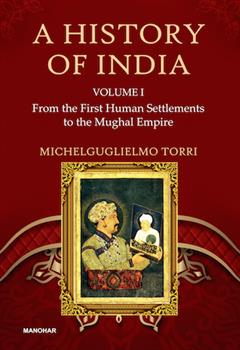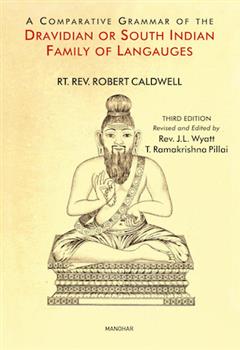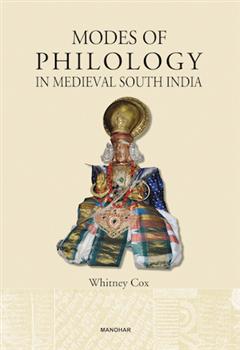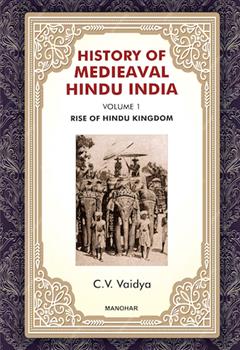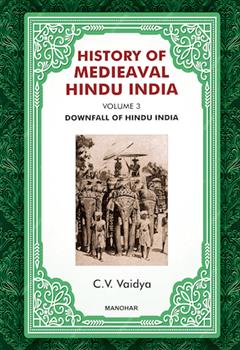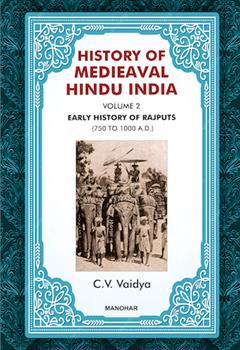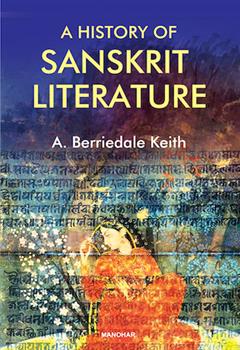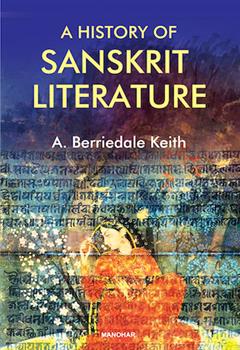History
Featured Products
A History of India (Vol. I): From the First Human Settlements to the Mughal Empire
₹1,892.05
M.R.P.:₹ 2,395.00
You Save: ₹502.95 (21.00% OFF)
A Comparative Grammar of the Dravidian or South Indian Family of Languages
₹1,497.05
M.R.P.:₹ 1,895.00
You Save: ₹397.95 (21.00% OFF)
Political Geography and the Region in Indian History: Daksina Kosala and Vidarbha, c. 400-1300 CE
₹1,212.20
M.R.P.:₹ 1,595.00
You Save: ₹382.80 (24.00% OFF)
Modes of Philology in Medieval South India
₹1,288.20
M.R.P.:₹ 1,695.00
You Save: ₹406.80 (24.00% OFF)
Annexation and the Unhappy Valley: The Historical Anthroppology of Sindh's Colonization
₹1,459.15
M.R.P.:₹ 1,895.00
You Save: ₹435.85 (23.00% OFF)
History of Medieaval Hindu India: Rise of Hindu Kingdom (Volume 1)
₹1,534.95
M.R.P.:₹ 1,895.00
You Save: ₹360.05 (19.00% OFF)
History of Medieaval Hindu India: Downfall of Hindu India (Volume 3)
₹1,655.05
M.R.P.:₹ 2,095.00
You Save: ₹439.95 (21.00% OFF)
History of Medieaval Hindu India: Early History of Rajputs (750 to 1000 A.D.) (Volume 2)
₹1,478.10
M.R.P.:₹ 1,895.00
You Save: ₹416.90 (22.00% OFF)


